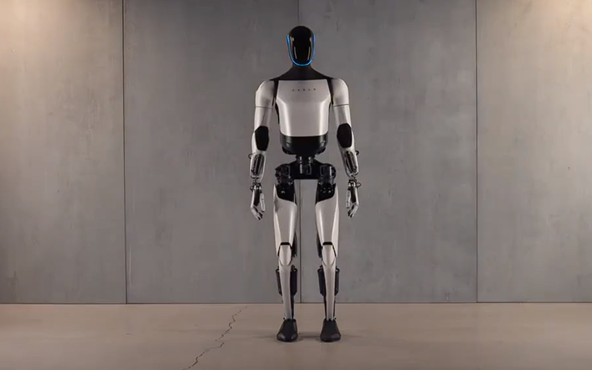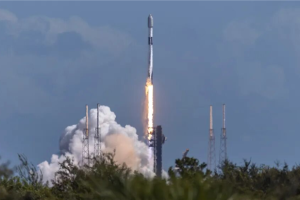May 27 2025 – In a recent interview with Business Insider, Chris Valti, the former head of Tesla’s robotics initiative, argued that humanoid robots like Optimus are ill-suited for factory settings. Despite their cutting-edge appeal and potential, Valti asserted that their anthropomorphic design underperforms in environments like warehousing, logistics, and manufacturing.
Having overseen the development and launch of Tesla’s Optimus project, Valti emphasized that the humanoid form factor lacks practicality for industrial tasks. Industrial operations, he noted, revolve around highly repetitive processes prioritizing efficiency and speed—qualities humanoid robots struggle to deliver consistently.

Prior to departing Tesla after seven years of service, Valti founded Mytra in 2022. The startup focuses on creating “slab-like” robots designed to navigate warehouse grids and transport goods efficiently—a design he described as far simpler than humanoid alternatives.
Valti drew parallels between humanoid robotics and autonomous vehicles, arguing that the former are exponentially more complex due to the vast range of motions they must accommodate. “We’re nowhere near deploying humanoid robots at scale,” he said. “This feels like the final frontier of technological evolution, and we’re still in the early chapters.”
To illustrate his point, Valti compared humanoid robotics to a biological framework ill-equipped for repetitive labor. “Human bodies evolved to flee danger, not to perform monotonous tasks,” he remarked. “Why force a design built for survival into roles it’s inherently unsuited for?”
Valti’s skepticism stems from firsthand experience. During the 2017 launch of Tesla’s Model 3, he was tasked with resolving production bottlenecks in what CEO Elon Musk later dubbed “production hell.” Musk famously slept on the factory floor in Fremont, California, to address the chaos.
At the time, Tesla aimed to supercharge output using automated robots, but the strategy backfired. Musk later admitted on X (formerly Twitter) that over-automation had been “a mistake.” Valti recalled, “The automation ambitions were too aggressive. The systems simply couldn’t handle it.”
His team spent nine months redesigning a leaner, more functional robotic system, a pivot that underscored the challenges of integrating advanced automation into volatile manufacturing environments.












